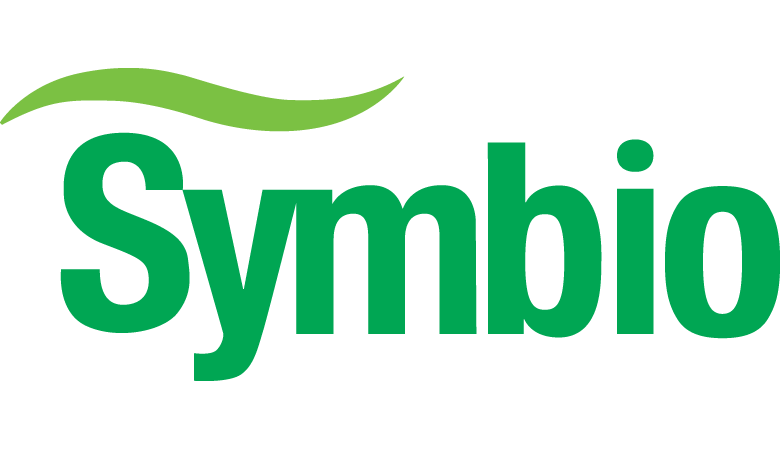Dr Deidre Charleston - BLOG – Summer Holidays!
BLOG – Summer Holidays!
What will the summer bring this year? Usually I find myself wondering how I will manage the 6 weeks of school holidays, filled with boisterous children and messy rooms, however this year I find myself wishing that it was only 6 weeks, and not the ongoing 16 weeks, filled with bored, noisy, TV addicts, currently sharing my increasingly diminished space! But time moves on, and life gradually returns to a new kind of normal, with children looking forward to a new school year, people starting to venture out, and golf courses and bowls clubs seeing a slow return of customers.
Summer has certainly reached most of the country with record breaking temperatures, followed by thunderstorms and localised flooding, this, on top of reduced maintenance due to lock-down measures has not helped to create ideal growing conditions for turf. With a return of customers and a need to maximise the season it is important to reduce disruption to play. However, when turf is under stress we are likely to see an increase in disease. The environment, the host plant (turf) and the pathogen (fungi creating disease) are all closely connected in a disease triangle, and environmental conditions play an important role in determining when disease strikes. If we can manipulate the environmental conditions, then we can potentially reduce the amount of disease. While we cannot control the weather conditions, we can have more control over the immediate environment in which the turf is growing (the soil). By creating the conditions to promote a healthy soil food web, we can reduce the opportunity for disease to take hold. Beneficial microorganisms can often outcompete pathogens, however when the soil environment becomes unfavourable beneficial microorganisms decline. Reintroducing soil biology (Compost Tea, Vermi Extract, Biotabs) to restore balance is most successful if made early when first symptoms appear.
This year golf clubs have seen an increase in dry patch, and fungal dry patch. Fungal dry patch is not strictly a disease, but can be associated with previous fungal activity, and is often linked with Type 1 fairy rings. The fungus produces a waxy mycelium which is water repellent. Fungal deposits bind soil particles together creating a completely impermeable layer, causing localised drought conditions. This can be alleviated by additional physical aeration with micro tining and sorrel rollers, or by the application of Symbio Liquid Aeration. Beneficial bacteria found in Symbio Aquacept, digest fungal protein and waxes, and can out-compete the pathogenic fungi for nutrient, removing the cause of this problem.
Heat and a lack of moisture, together with compaction can also result in general hydrophobic dry patches on the greens. The early application of wetting agents (Incision, Hydroaid plus) can help, but these need to be applied at the first sign of problems.
Take-all patch and Fusarium are appearing in some in some parts of the country. Good aeration and thatch control (Thatcheater; Green Circle) will help to discourage these diseases. Monitor greens closely and look out for early symptoms, as with all disease, early treatment will provide best results! Promote a dry leaf surface to prevent infection and avoid excessive addition of alkaline materials. As we move into autumn/winter consider introducing turf hardening products (Defender). During periods of disease pressure continue to introduce beneficial soil biology to restore balance (Biotabs, Vermi Extract, Compost tea).
Take-all patch is primarily a disease of bent grass, with the grass taking on a bleached appearance, and gradually turning brown. You may find an irregular ring of dying turf at the edge of the patch, with the centre of the patch being colonised by more resistant turf varieties. You may also be able to spot dark brown threads and tiny black dots (best seen with a hand lens) on stolons and roots of affected grass. A sudden increase in soil pH may encourage disease, this could be caused by alkaline irrigation water or application of sand dressing. Increasing Potassium (Symbio PhytoGro 0-0-18) and phosphorous, in the form of phosphite (Phosphite 4-25-16), along with trace elements such as manganese (Symbio Trace Elements; Manganese 6%;) may have beneficial effects in reducing this disease.
Fusarium (Microdochium nivale) is primarily a disease of Poa annua, these grass species tend to be the first to be affected, early symptoms appear as small yellowish-orange water-soaked spots, rapidly increasing in size. In active Fusarium infections you may spot white or pink mycelium around the edges of the affected patches. High nitrogen concentrations favour the disease, and as such avoid application of high N fertiliser, especially as we move into Autumn. Consider using a suitable nutrition package, such as the Symbio A+ package which includes Symbio Phosphite, Phytogro, and Chelated iron.
Continue to increase populations of beneficial soil microorganisms through the use of biostimulants (Liquid Seaweed; Humic Booster), and microbial inoculants (Biotabs, Vermi Extract, Compost tea) good aeration and irrigation practices. Ensure that turf stress is reduced through adequate nutrition (Mycogro 5-0-28; Mycogro 5-2-10) and continue to monitor turf quality to spot early signs of disease. Prevention of disease is often achieved by sound management practices. Turf which is growing in healthy soil tends to stay healthy and disease-free, whatever the weather!
References:
BIGGA: On Course Field Guide for the major diseases and pests of fine turf. BIGGA House, York.
Arthur, J & Isaac, S (2014). Practical Greenkeeping (3rd Edition). R&A Group Services Limited, Fife.
Dr Deidre Charleston
deidre.charleston@originamenity.com
01428 685762
BACK TO ARTICLES
Get in touch
Please get in touch if you would like more information about Symbio’s products and services, or if you would like to discuss working together on your next project.
